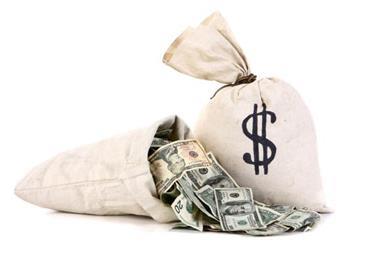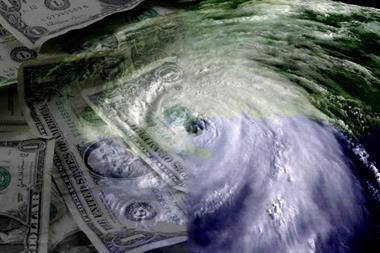The market cycle has been build on illogicality, but that’s proved useful to insurers
Welcome to the ‘not yet’ market. That’s the phrase XL’s global boss Mike McGavick coined for the reinsurance industry at last week’s Monte Carlo Rendez-Vous (see this week’s Spotlight article). The same could be said for the UK commercial market. It should turn, but it hasn’t yet.
The world’s reinsurers gather together in Monte Carlo once a year to fire the starting gun on the 1 January reinsurance renewals and take the temperature on rates. This year’s consensus was that, despite the unprecedented cat losses that have plunged Lloyd’s and other carriers deep into the red, rates are not going to rise in any significant way.
At first glance, that might seem like good news for primary insurers that would carry the cost of the rises – but is it really? Traditionally, reinsurance rates have been one of the pressures on primary rates that have the power to turn the market. But as reinsurance pricing becomes more sophisticated, a catastrophe in one corner of the globe no longer has a blanket effect on rates. Thus, the earthquakes and hurricanes are not feeding through to the UK market.
Intellectually, that makes sense. After all, why should UK policyholders bear the cost of catastrophes on the other side of the world? But the market cycle has been built on illogicality. UK commercial insurers have not needed to show discipline in their pricing because other irrational factors have corrected their behaviour. If that’s no longer the case, that’s one more very good reason why the UK commercial market must start pricing for profit.
• A clear division has emerged between those insurers and brokers that will own up to how much money they make on referral fees, and those that won’t. No prizes for guessing the motives on either side. But the refuseniks are not doing themselves or the industry any favours. The ban is happening: it’s time to talk about the consequences.






































No comments yet